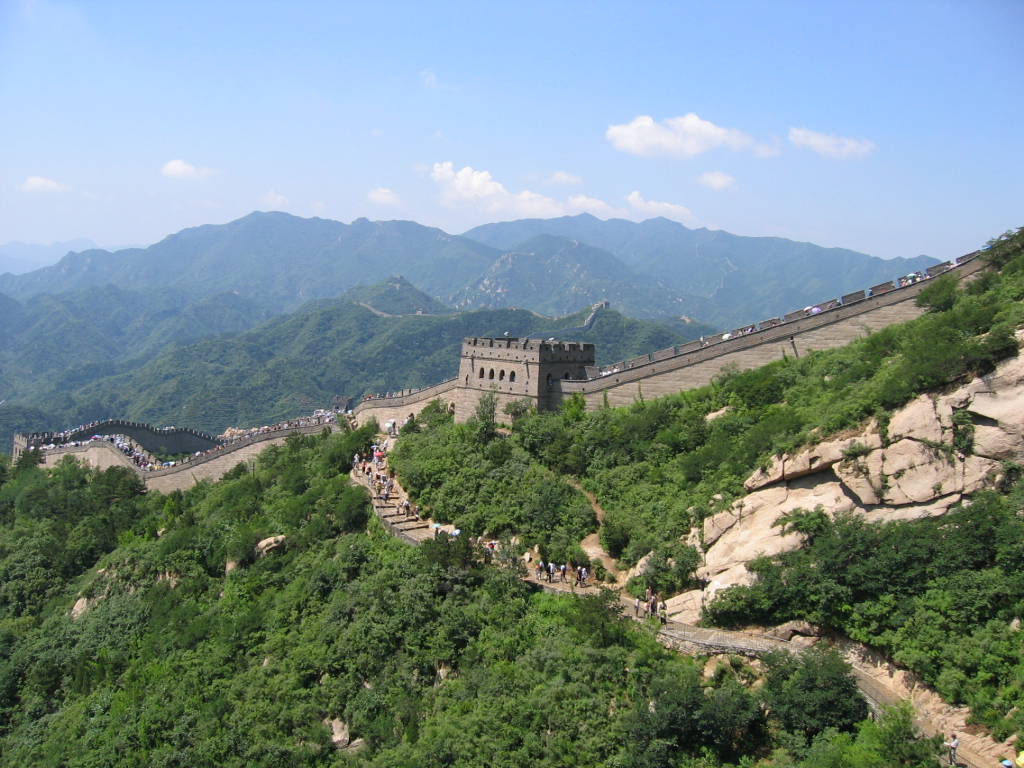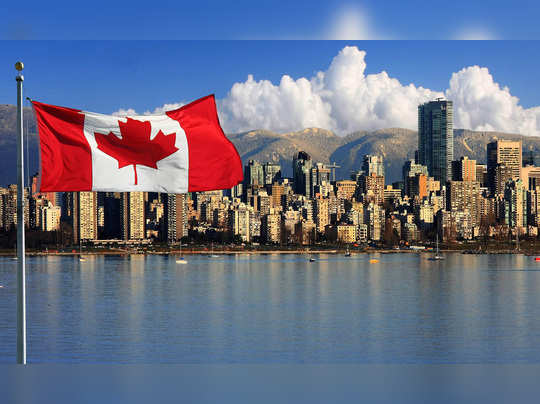Russia has a larger area than other countries in the world and 11% of the world's territory. Canada is the second largest country in the world, but has very low population density.
The world's largest countries have rainforests and dandra, mountains and valleys, beached desert.
The climate is changing ever since history has taught us that geopolitical boundaries change dramatically as the centuries pass. Time will answer which countries will become the world's largest in the next decades.
It is not surprising to know that 11.5 percent of the land in the whole world is to be claimed by a single country and the tenth largest country (Algeria) will fit in to seven times larger (Russia). When taken together by the 10 largest countries in the world, they constitute 49% of the total 149 million square kilometers of the earth.
10 - Algeria: 2,381,741 sq km
Algerian Sahara Desert
Algeria, with an area of 2.38 million square kilometers, is the tenth largest country in the world and the only African country in the top 10.
Algeria, located in North Africa, has a 998 km Mediterranean coastline. 90 percent of the country is desert, and its desert areas are very high. The Del Atlas mountain range is on the northern border of the country, while the interior is located in the Algerian region of the Sahara Desert hundreds of meters above sea level. The giant Algerian Sahara extends south of the country across its borders with Niger and Mali.
9 - Kazakhstan: 2,724,900 sq km
Kazakhstan's 2.72 million square kilometers extend across the plains and hilly areas. Cold and dry weather prevails. Kazakhstanis experience high temperatures throughout the year, although Kazakhstan is not as cold as in parts of its northern neighboring Russia.
The current key claim to the popularity of Kazakhstan, the former part of the soviet union, the worlds largest country for most of the 20th century, is its status as the world's largest landlocked country, and the only land-rich country in the top 10.
8 - Argentina: 2,780,400 sq km
Argentina is the world's 32nd most populous country, the eighth largest in the world, and the largest Spanish-speaking country in the world. Its 2.78 million square kilometers are the most diverse geographical and climatic in the world.
The swampland tropical conditions in the north lead to freezing of the glaciers in the south. One of the planet's most exciting and dangerous locations, Patagonia extends from the South Andes to the Atlantic Ocean in the east. The southern tip of Argentina, also known as the Cape Horn, is one of the stormy places in the world.
7 - India: 3,287,263 sq km
India is the second largest country in terms of population, and seventh largest in area.
China, Afghanistan, Myanmar, Bhutan, Pakistan, Bangladesh and Nepal each share a border with India, and its geographic location ranges from the majestic Himalayan mountains to the tropical coasts of the southern peninsula. Geographically, India is found on its own subcontinent, and geographical studies show that the entire nation and its closest neighbors were once separated by a sea from Asia.
6 - Australia: 7,692,024 sq km
The difference between Australia and India is approximately 4.4 million square kilometers. It marks the second largest scale difference between countries ranked in the top 10 consecutively. Australia is nearly double the size of India with an area of 7.69 million square kilometers.
Its majority of its population lives in coastal cities like Sydney in the east and Perth in the west. Australian Out Pack is one of the dry and hottest regions in the world. With extreme weather and geography, Australia is known for its spectacular and often dangerous wildlife.
5 - Brazil: 8,515,767 sq km
Cobabana Beach, Rio de Janeiro, Brazil.
Brazil is the largest country in South America with more than 8.51 million square kilometers, and Brazil is home to the largest rainforest amazon in the world. Amazon is very dense and extensive, and researchers and scientists have found human civilizations that have never been associated with the outside world.
Brazil also has a long Atlantic coast in the east, which is about 8,000 km. Most of its major cities, including Rio de Janeiro and São Paulo, are close to the coast.
4 - Republic of China: 9,596,961 sq km
China's Great Wall
China, the US and Canada each are less than seven percent of the world's surface. It is actually the 2nd largest country in the world, and if you add water, the Usand Canada have a lot of area. It shares a border with 14 different countries, including Afghanistan in the west, Russia in the north and Vietnam in the south. It is a country that is entirely Asiatic.
Its climate and its people differ dramatically. In the north, temperatures drop to sabarktic level, the country's central part has Gobi, the world's 4th largest desert, with more than 1.35 billion people, with over 1.35 billion people, china has 56 recognized ethnic groups, the world's 18th largest Muslim population, the 19th largest Christian population, and 1.9 doctors per 1,000, and china has more than 1.9 doctors than the country's total population.
3 - USA: 9,833,517 sq km
The US is bigger than China, but slightly smaller than Canada, occupying 9.83 million square kilometers. The United States borders Mexico to the south and Canada in the north, and is home to a variety of geographic and wildlife species.
Two North-South features divide the country into three separate pieces. West of the Rocky Mountains, the Pacific states are known for the mild weather throughout the year and long expansions of the coast along the Coast of California. One-third of the country east of Mississippi is the industrial and economic center of the United States, with major cities scattered along the eastern coast.
2 - Canada: 9,984,670 sq km
Canada's 9.984 million square kilometers is the largest country in the western hemisphere, and its 202,080-km coast line is the longest coastline than any other country. The population density of 4 per square kilometer means that every 35 million people in Canada can own 61 acres of land for themselves.
Canada's largest frozen Dundra, located between the Arctic and the United States, is stretched in the Arctic Circle. Like the United States, in the western part of the country, the Rocky Mountains flow north south, and prairies offer large grains and canola growing areas. The traditional heart of Eastern Canada, the national capital of Toronto, Montreal and Ottawa is all located in the east.
1 - Russia: 17,098,242 sq km
Russia's 17.1 million square kilometers area becomes the world's largest. In fact, if Russia loses 7 million square kilometers, it will be even bigger - and the lost area will be seventh overall! This is equivalent to 11% of the world's land mass.
Like China, Russia is bordering 14 different countries. Unlike China, Russia is not a tropical, yet there is a humid summer in most parts of southern Russia. Tyga, the world's largest terrain biological, extends from eastern Canada to much of northern Russia. There is a massive oil reserve under the frozen forests of Russia and the Dundra; However, due to the cost and difficulty of extracting it, much of Russia's oil wealth remains unutilized.























0 Comments